Introduction
The valve fire test is a test used to evaluate the pressure bearing performance of the valve in or under fire conditions. The verification basis is the internal and external leakage of the valve after the test. Valves are used in flammable and explosive conditions. After a certain period of time, they must still have operating performance and certain sealing performance. Therefore, the valve must be subjected to a fire test. The fire test needs to be refined in many aspects: operation test, low pressure test after cooling, external leakage during fire, and internal leakage during fire. The main standards for valve fire tests are: API 6FA / API 6FB / API 6FD / API 607
API Fire Certification
API6FA is a fire certification for API6A standard valve fire test,
API607 is a fire certification for API6D (referring to valves that can only rotate ninety degrees) standard valve fire test certification,
API6A is a standard for wellhead safety valves, corresponding to ISO10423. API6D is a standard for pipeline ball valves, corresponding to ISO14316.
API Fire Test Standard
API 607-Fire Test for Quarter-Turn Valves and Valves Equipped with Nonmetallic seats
API 6FA-Specification for Fire Test for Valves, applicable to valves that comply with API 6A and API 6D (excluding check valves).
API6FA does not involve 5-inch and Class 800 valves.
API 6FD-Specification for Fire Test for Check Valves, check valve fire test specification
API6FA Fire Certification Points
The operation test is to operate the valve under the high-pressure test pressure specified in the standard, the valve from fully closed to half-open or fully open position, exhaust the steam in the pipeline to fill the pipeline with water, and then close the downstream pipeline and measure the external leakage of the valve under the high-pressure test pressure specified in the standard. The low-pressure test after cooling is the internal and external leakage of the valve measured at the low-pressure test pressure specified in the standard after the valve is forced to cool after the fire is over. External leakage during fire refers to leakage through the valve body flange connection, threaded connection and valve stem seal during fire under the specified test pressure. Internal leakage during fire refers to leakage through the valve seat during fire under the specified test pressure.
API 607/6FA Valve fire Test Coverage
The coverage of API607 and API6FA is different. The coverage is mainly divided into size coverage, pressure level coverage, material coverage and other aspects.
There are large differences in the selection of test pressure. Among them, the low test pressure specified in API607 is 0.2MPa, and the high test pressure is 75% of the maximum allowable pressure at 20 degrees, while the low test pressure and high test pressure specified in API6FA are related to the valve pound grade.
API607 stipulates that ferrite test valves can cover valves made of austenite and duplex steel materials, but valves of intermediate sizes in the coverage range must also pass the test.
Pictures of API Valves
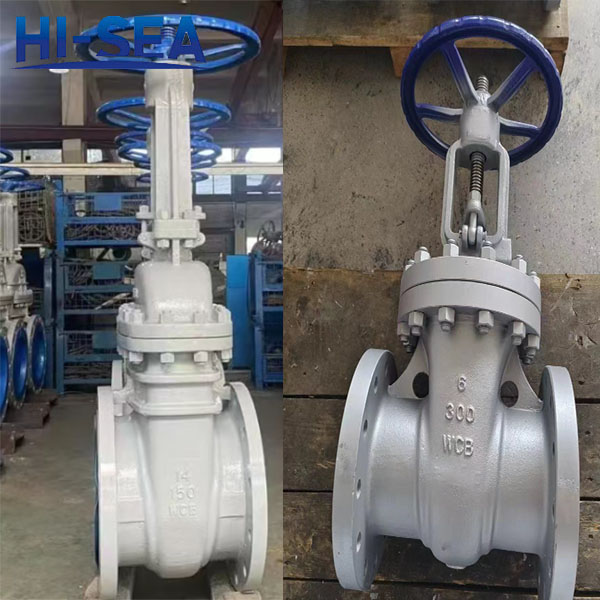

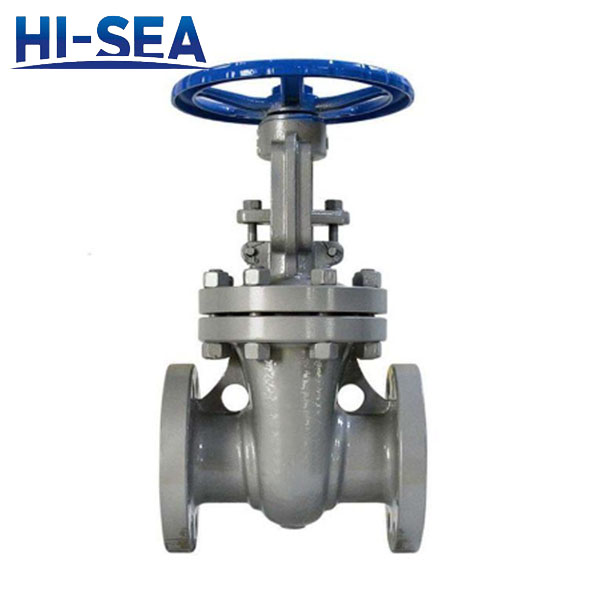


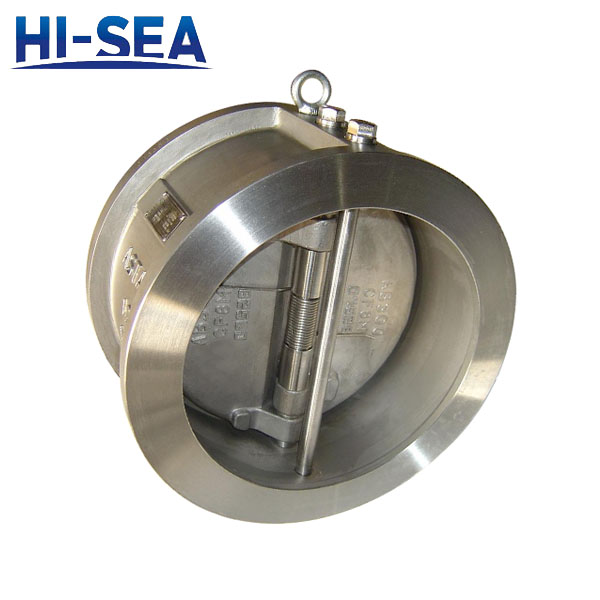
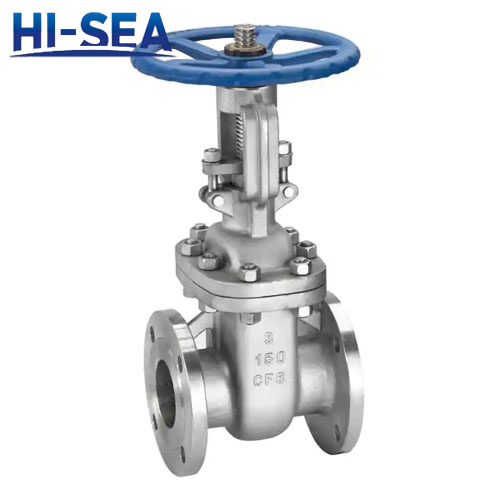
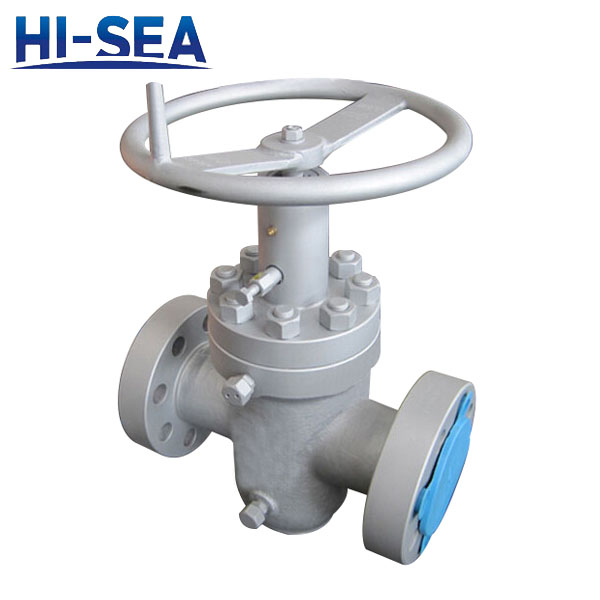
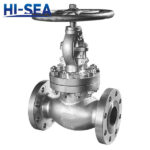 Main Material of API Valve
Main Material of API Valve What is the difference between a rising stem gate valve and a non rising stem gate valve?
What is the difference between a rising stem gate valve and a non rising stem gate valve?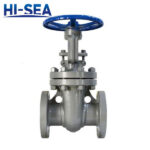 API Valve Fire Test
API Valve Fire Test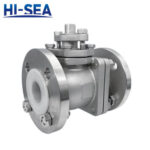 What is the difference between PTFE and RPTFE?
What is the difference between PTFE and RPTFE?